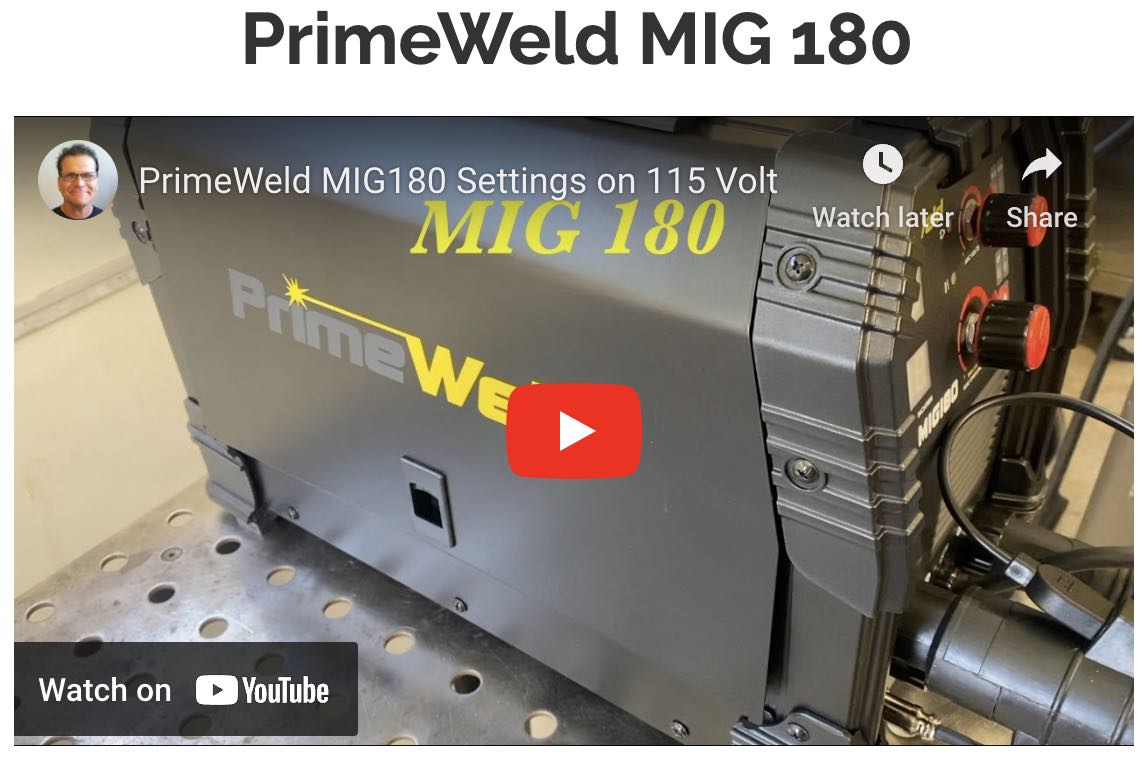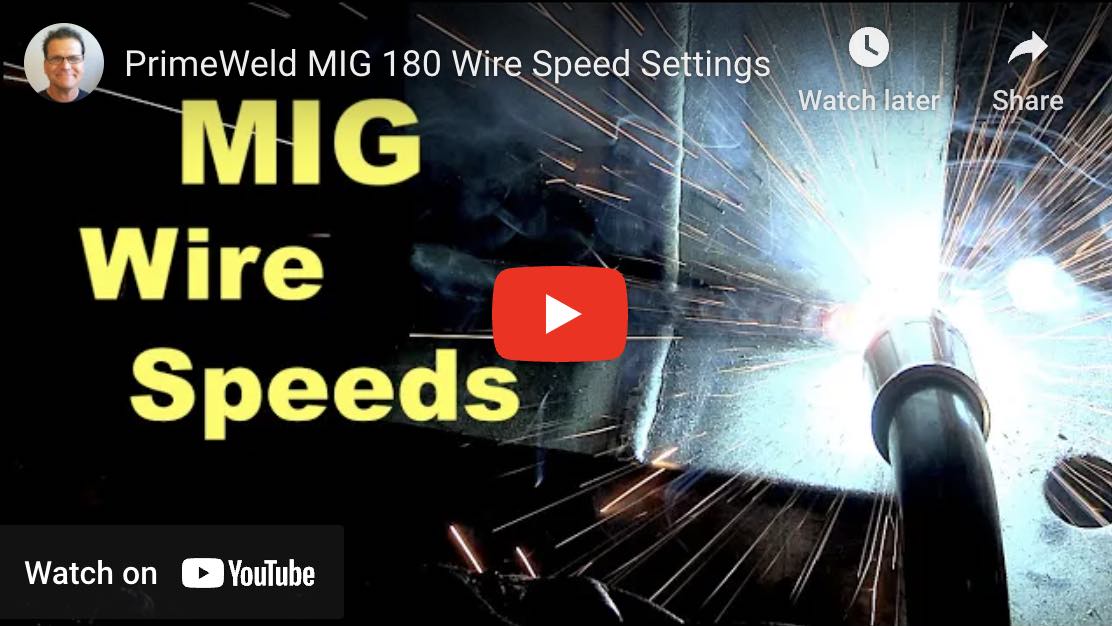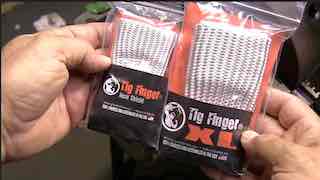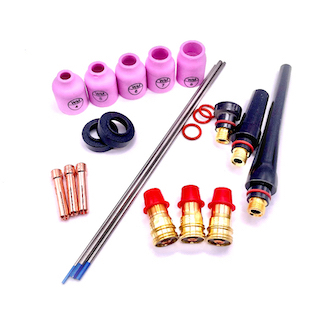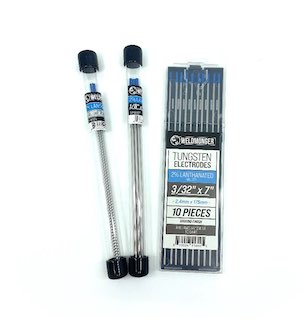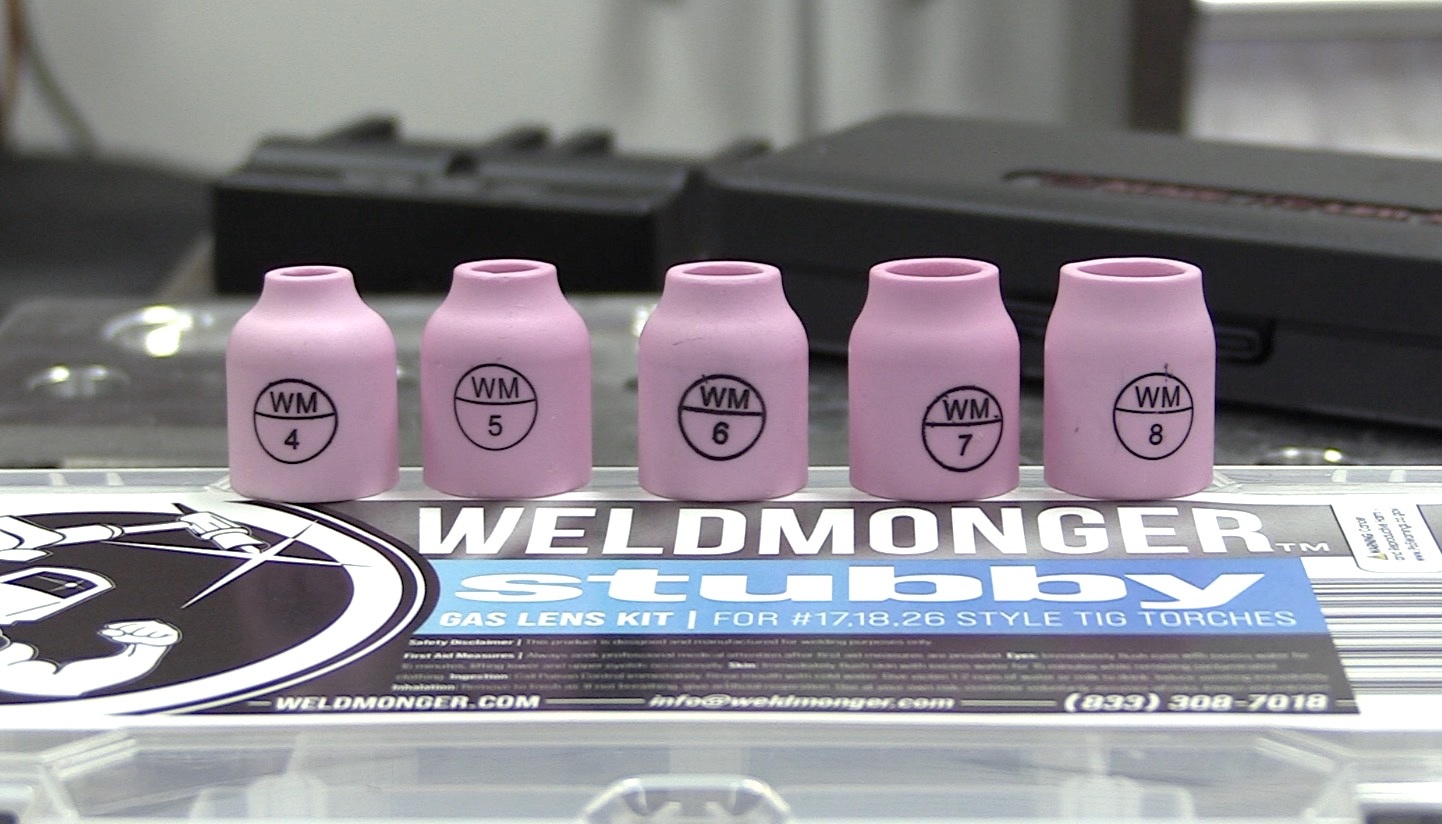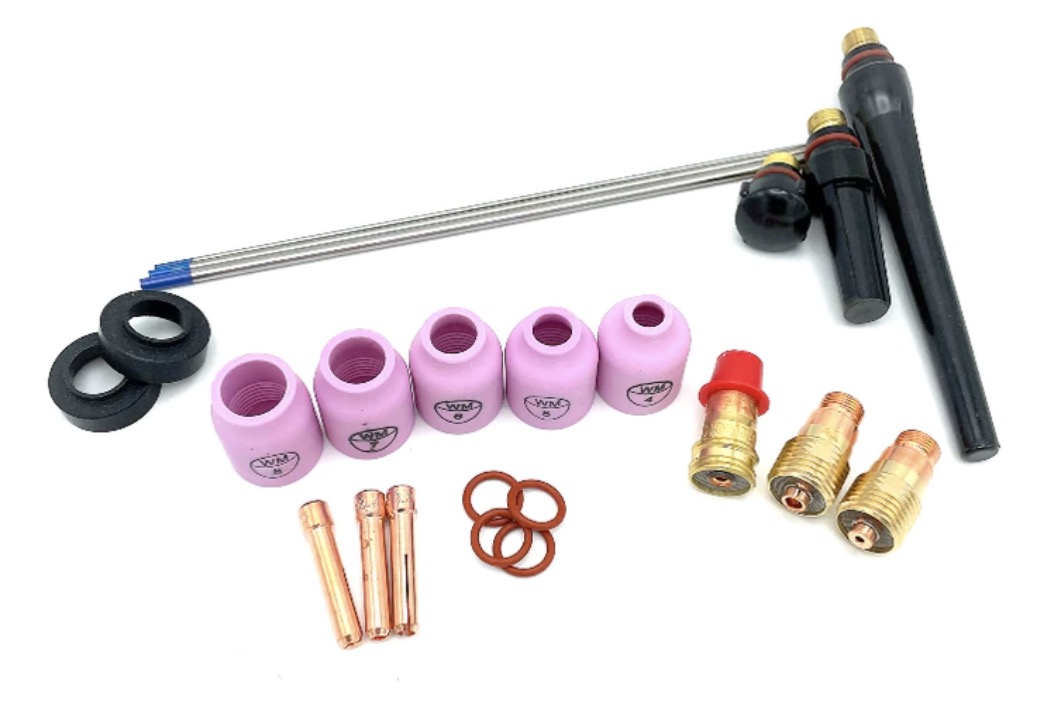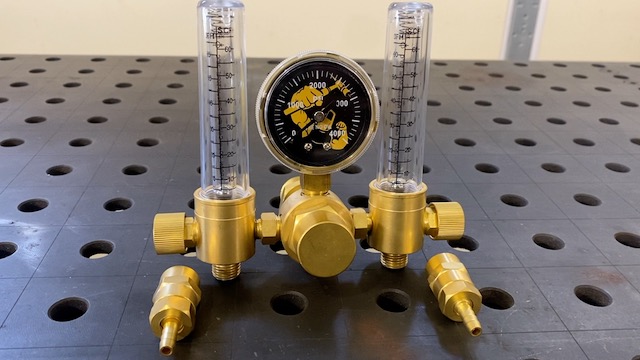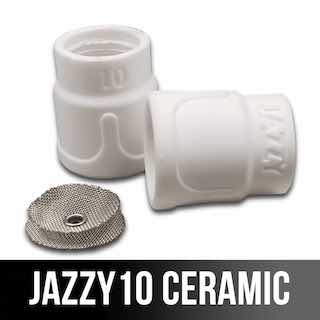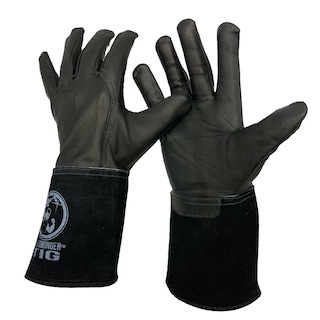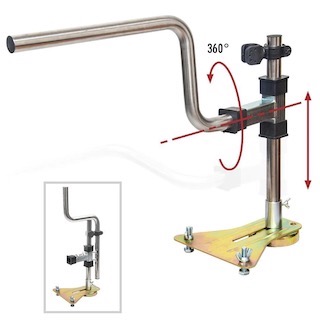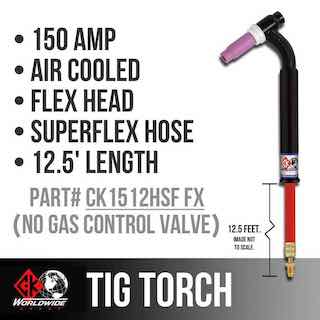Gas Metal Arc Welding Definition in Simple Terms
Gas Metal Arc Welding Definition:
Gas metal arc welding (GMAW), also known as metal inert gas (MIG) welding, is a welding process that utilizes an electric arc formed between a consumable electrode wire and the workpiece to join metal components or to add metal for dimensional restoration.
- HOME
- How to Mig Weld
- Gas Metal Arc Welding Definition
In GMAW, a shielding gas, such as argon or a mixture of argon and other gas like carbon dioxide, is used to protect the weld area from atmospheric contamination.
During the process, a welding gun or torch is used to feed the electrode wire continuously into the weld pool. The electric current passes through the wire, creating an arc that melts both the wire and the base metal. The molten metal from the wire forms a weld puddle, which fuses with the base metal to create a strong joint.
The shielding gas, directed through the welding gun, surrounds the arc and the weld puddle preventing the molten metal from reacting with atmospheric gases like oxygen and nitrogen, which causes weld defects like porosity.
GMAW offers several advantages, including high welding speeds, good weld quality, and ease of use. It is commonly used for welding a wide range of metals, such as steel, stainless steel, aluminum, and copper alloys. The MIG process finds applications in various industries, including automotive, construction, fabrication, and manufacturing.
Now that you know the GAS Metal Arc Welding Definition...It is also helpful to know that there are 3 main types of Gas metal arc welding.
- Short Circuit MIG
- Spray transfer MIG (and pulse spray)
- Globular transfer MIG
Short circuit mig welding is the most popular among hobby welders and light fabricators. And is very versatile for welding in all positions and for thin metal.
Spray transfer is much hotter. Spray mig requires more powerful mig welding machine with higher duty cycle along with a 90/10 argon/Co2 or other argon rich mix. Spray transfer is hot and fast but mostly not practical for a hobby welder.
Globular transfer MIG is not as commonly used as the first 2 but does have limited use in industry. Sometimes you get globular transfer accidentally just from hot and bad settings.
Short circuit transfer in gas metal arc welding (GMAW)
is a welding process where the welding wire comes into contact with the base metal, causing an electrical short circuit. In this type of transfer, the wire touches the workpiece and quickly melts, creating a small puddle of molten metal.
When the wire touches the base metal, the electrical current flows through the wire and generates intense heat. The heat causes the wire to melt and fuse into the puddle. This transfer is called a short circuit because the wire and the workpiece are momentarily connected, creating a brief short circuit.
During the short circuit transfer, the wire is continuously fed into the weld joint, and the electrical current cycles on and off rapidly. As a result, the welding process is relatively cooler compared to other transfer modes, making it suitable for welding thin materials. It also produces a smaller weld pool and less spatter, which is the undesirable scattering of molten metal.
Short circuit transfer is commonly used for welding thinner metals, such as sheet metal or thin-walled tubing. It provides good control over the welding process and allows for precise weld bead placement. However, it may not be suitable for thicker materials or applications that require deep penetration.
Spray transfer in GAS METAL ARC WELDING
spray transfer is a method of transferring molten metal from the welding wire to the workpiece. It's called "spray" because the molten metal is sprayed in tiny droplets onto the joint being welded.
Here's a simple explanation of how spray transfer works in MIG welding:
- The welding machine generates an electric arc between the welding wire (electrode) and the workpiece, creating intense heat.
- As the wire gets closer to the workpiece, the heat melts the tip of the wire, forming a small pool of molten metal.
- In spray transfer, the heat is high enough to completely melt the wire, causing the molten metal to be transferred to the workpiece in a continuous spray of tiny droplets. This makes a very different sound than short circuit transfer and its more of a hum than a bacon sizzle sound.
- These droplets are propelled by a shielding gas, such as argon or a mixture of gases, (depending on the metal being welded)...which surrounds the welding area. The shielding gas protects the molten metal from reacting with the surrounding air and contaminants, ensuring a clean and strong weld.
- The droplets of molten metal travel through the arc and deposit onto the joint, gradually building up the weld bead.
- Spray transfer is typically used for thicker materials and higher welding currents, where the heat input is greater. It provides good penetration into the base metal and produces high-quality, strong welds.
Globular Transfer in Gas Metal Arc welding
In gas metal arc welding (GMAW), globular transfer refers to a specific mode of transferring molten metal from the welding electrode to the workpiece. When the welding current is relatively low, the electrode tip forms a large droplet of molten metal. This droplet, known as a "globule," grows in size until it becomes too heavy and falls onto the workpiece.
During globular transfer, the welding wire is continuously fed into the welding arc, and the electrical current passing through it heats the wire, causing it to melt. As the wire melts, a large droplet of molten metal forms at the tip. This droplet is typically larger than the diameter of the wire itself.
The globule grows as more molten metal is added to it from the wire, and it hangs from the tip of the electrode. Eventually, due to gravity, the globule becomes too heavy and detaches from the electrode, falling onto the workpiece. This process is repeated, with new droplets forming and falling in a rhythmic manner.
Globular transfer is characterized by the presence of larger droplets and a slower transfer rate compared to other transfer modes in GMAW, such as short-circuiting or spray transfer. It is typically used in situations where higher heat input is required, and the weld pool needs to be larger. However, it can result in a less stable arc and may produce more spatter compared to other transfer modes.


